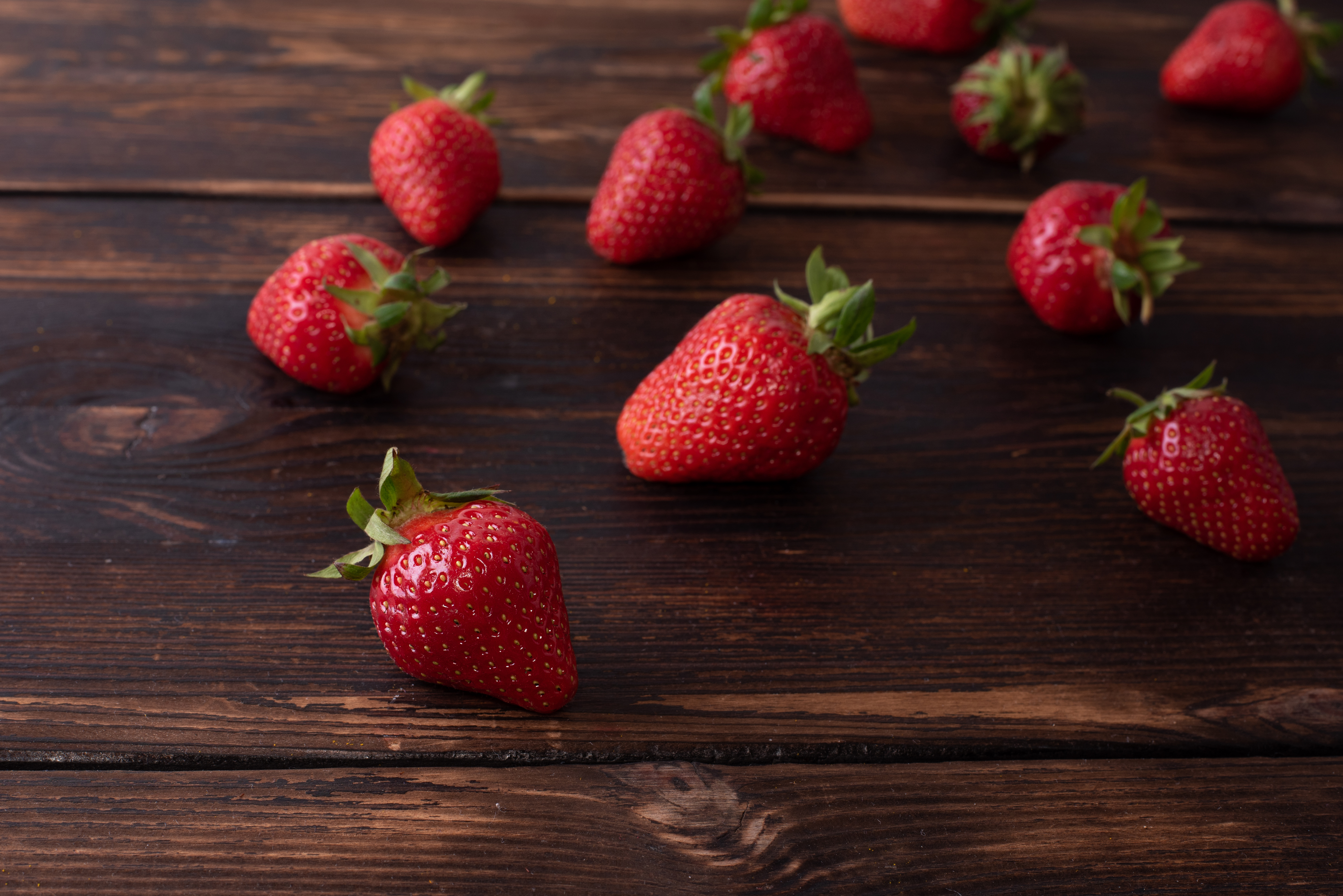The Most Chemically Treated Fruits and Veggies You Should Really Avoid
In the world of agriculture, the term "Dirty Dozen" refers to a list of fruits and vegetables that are most commonly found to be contaminated with pesticide residues. This concept, popularized by the Environmental Working Group (EWG), highlights the top produce items that often contain the highest levels of chemical treatments, posing potential health risks to consumers. These pesticides are used to protect crops from pests and diseases but can leave residues that linger long after harvest. This article delves into the specifics of these chemically treated foods, exploring their impact on health, environment, and the steps consumers can take to minimize exposure.
1. Apples: The Top Contender

Apples consistently top the Dirty Dozen list, often found with multiple pesticide residues. This is largely due to their susceptibility to a variety of pests and diseases, requiring frequent treatments to ensure a blemish-free appearance for market. The waxy skin of apples can trap these chemicals, making them difficult to wash off. Research has shown that even after washing and peeling, some pesticide residues remain. This highlights the importance of considering organic options or thorough cleaning methods to reduce exposure. The pervasive use of pesticides on apples underscores the broader issue of chemical dependency in conventional farming practices.
2. Strawberries: A Sweet but Risky Treat

Strawberries are another fruit that frequently appears on the Dirty Dozen list, often found with a high concentration of pesticide residues. Their delicate nature and susceptibility to mold and pests necessitate heavy chemical use. The porous skin of strawberries means that pesticides are easily absorbed and difficult to remove. This is particularly concerning given their popularity, especially among children. Studies suggest that consuming organic strawberries can significantly reduce exposure to harmful pesticides. The case of strawberries exemplifies the trade-off between agricultural efficiency and consumer safety, prompting a reevaluation of farming practices.
